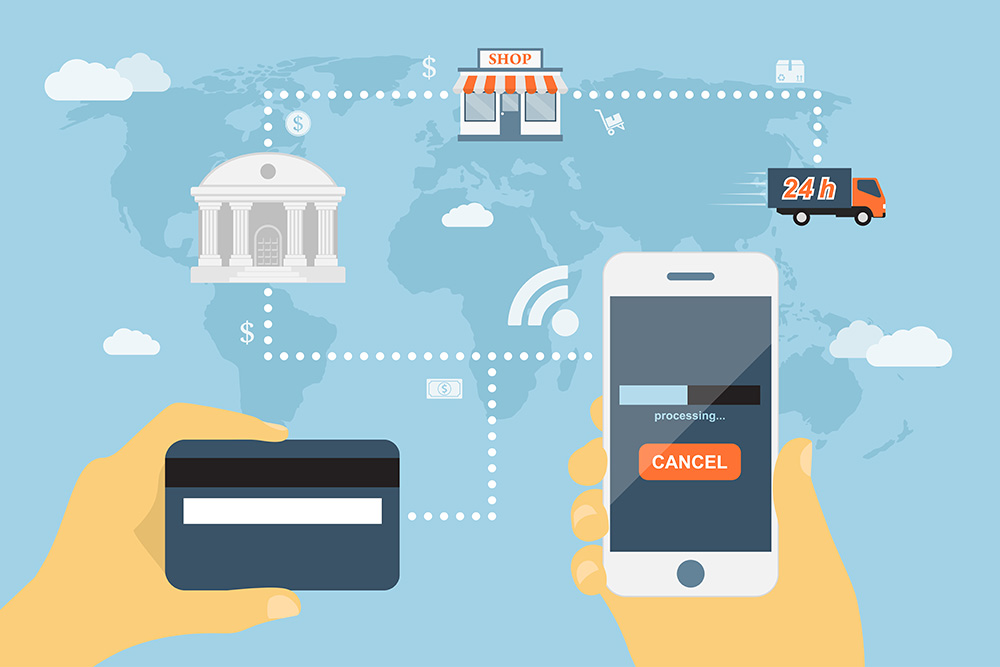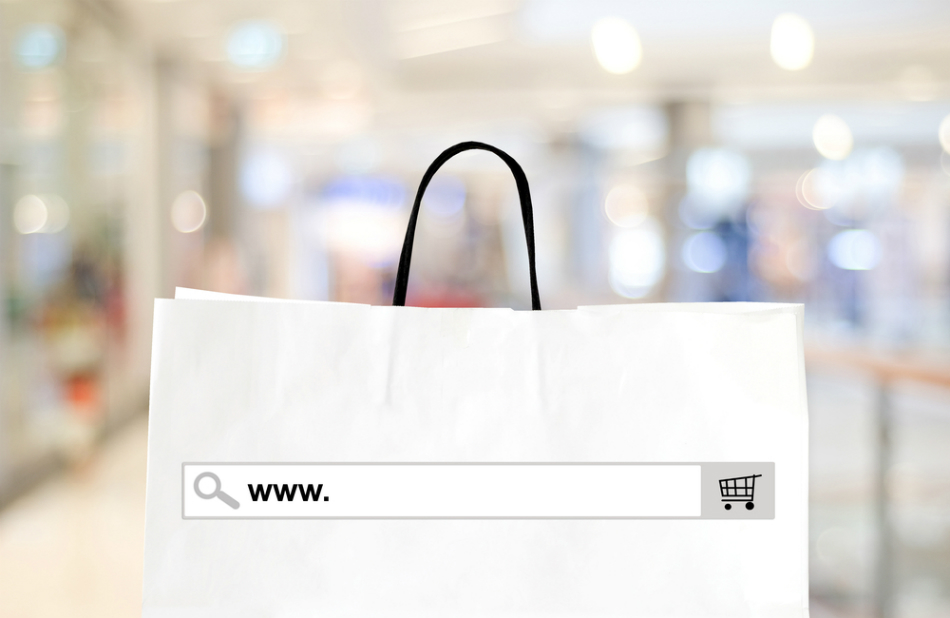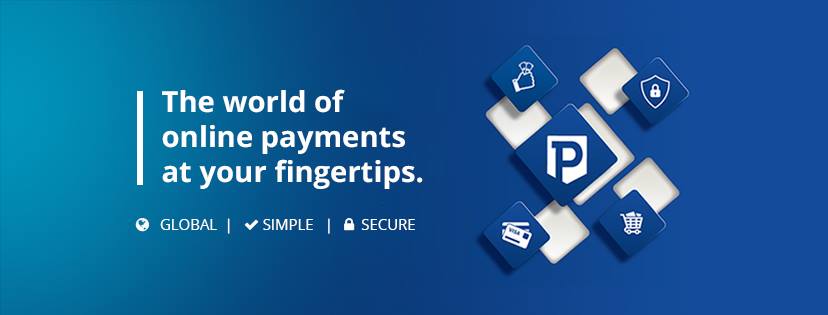The State of Global Payments: Part 2

In one of our earlier posts, we touched upon the upsurge in non-cash transactions across the world and how developing countries are driving the growth of online/digital payments. We looked at some hard numbers from Capgemini’s World Payments Report which justified the growth in non-cash transactions across the world.
In this piece, we will look at key trends that are key to driving global payments in 2017 and the future:
- Technology vis-à-vis International E-Commerce: It is indeed true that international transactions have increased in recent times but the subsequent pace of developing fast, secure, transparent and efficient solutions have not quite been there. Currently, there’s a need for more payments solution to cater to the growth in international e-commerce.
- Need for Agility and Pace: Whilst the growth in FinTech investments over the years, there is currently a tremendous hunger in the marketplace, for companies to deliver more instant gratification moments in terms of payments and flexibilities in payments solutions. Which means different types of payments solutions accepting multiple currencies.
- Enterprise Payments: As per the World Bank’s Cost of Sending Remittances report, checks are still prevalent in most organizations across the world, especially smaller organizations. As of 2015, 90% of small organizations across the world, used checks for making payments, primarily to freelancers and commission based sales force. Large banks and credit card technology companies still dominate the international payments space, which is plagued by complexities and very high fees. There’s a huge scope for new age payments solutions providers to solve some pressing international payments issue in the B2B space.
- The case of the Unbanked: According to a Citibank report in March 2016, there are still 2.8 billion unbanked and underbanked people in the world, especially in developing countries, where FinTech solutions have outpaced the penetration of legacy banking. The key to the growth of FinTech and Payments solutions has been because of the huge growth in mobile payments, aided by the tremendous penetration of mobile in developing countries.
- Banks and Technology need to be friends: Banks need to accept and recognize the fact that digital payments can do much more than automation. Digital and online payments solution providers shouldn’t view banks as their adversaries, rather recognize the value that they are adding to the global financial system, thereby cultivating opportunities for greater innovation and efficiency through collaboration.
- Transparency: There’s been a paradigm shift in the needs of the global payments market, in the context of more transparent pricing, flexibility in integrations and innovative customer service. It is an imperative for global payments solution providers to track all transactions in the entire payment process/cycle to ensure transparency.
Therefore, as you can probably gauge that despite growth in FinTech and digital payments, there remains a lot of opportunities/gaps in the marketplace that needs to be fulfilled/filled.
We would love to hear your viewpoints in the comments below and click here to experience a new economy payments solution that truly manages to fill existing gaps and adds tremendous value for your business.




